
|

|

|

|

|

|

|

|

|

|

|

|

Creating the world of Jonah Hex
To bring the Jonah Hex graphic novels to life, Hayward and the producers collaborated with the key department heads to craft an original, visceral world that would reinvent the iconic Western aesthetic and reflect the story's comic book origins. "Whether it was the cinematography, production design, makeup or the costume design, we wanted it all to be a little heightened," Lazar explains. "We asked ourselves, 'How far can you take it while staying authentic? How do we keep one foot in reality but also pay tribute to the fact that Jonah Hex has been this amazing comic book?' Essentially, we were able to take reality and stylize it just enough to make it seem totally unique."
The character's trademark, of course, is the disfiguring scar that takes up half his face. It is the result of Quentin Turnbull's branding iron and a lifelong reminder of the lust for revenge Jonah carries in his heart. "Jonah Hex was my favorite comic book character growing up, and the scar is so much a part of who he is," says Hayward. "To me, the most striking part of Jonah Hex was that rope of skin that stretches over his mouth. If I look at all the different versions of Jonah Hex that have been drawn over the years, the one unifying idea is this scar."
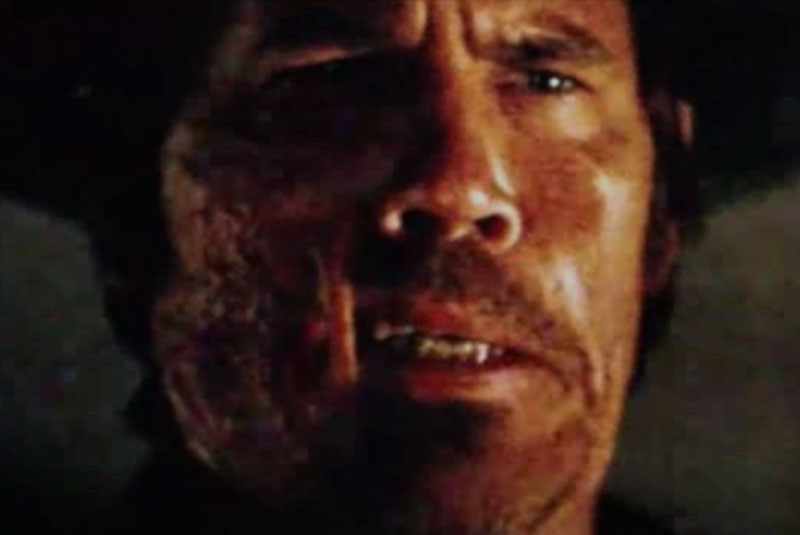
To create a lifelike prosthetic that would reflect the production's vision for the character's look while nodding at the tradition of the comic, Brolin and the filmmakers worked with makeup effects artist Christien Tinsley and his effects company, Tinsley Studio. "We went through all these different variations of what it should be and what it shouldn't be," Brolin recalls, "and Christien came up with this ingenious contraption to make it real. Doing something practically gives you a lot of freedom to be creative."
Tinsley began by attaching a silk tab to the right side of Brolin's face to make the skin taut and allow for a thinner look. Next, he applied the first layer prosthetic and placed dentures that housed a high gauge dental wire to draw back the lips and push the cheek inward to create the negative space that is the Jonah Hex trademark. Finally, Tinsley applied a silicone prosthetic, painted the pieces to blend into Brolin's skin and added facial hair stubble to complete the look.
The complexity of creating a realistic version of a comic book character through makeup and without the aid of VFX enhancement was a challenge the makeup artist reveled in. "From the beginning, I knew we could not match exactly the comic book's exaggerated look nor did we want to," he comments. "We were balancing an emotionally complicated character that audiences needed to connect with while offering the flavor of the comic book drawings. In order to achieve the look, we knew that it would be an uncomfortable process for the actor. However, Josh was always very encouraging and didn’t want to detract from the look simply because of the discomfort. He wanted reality…and he was willing to go through the process in order to achieve that."
The notion of heightened reality infused the entire production, particularly the costumes created by costume designer Michael Wilkinson and his team. For Jonah Hex, Wilkinson offers, "I like the ambiguous quality that Jonah has in that he seems to be unkillable. People have taken shots at him over the years and he keeps going. He's a true anti-hero, not just a two-dimensional 'good guy." With his costume, I wanted to explore how he walks the line between a gritty, sweaty realism and the stylized world of the graphic novel."
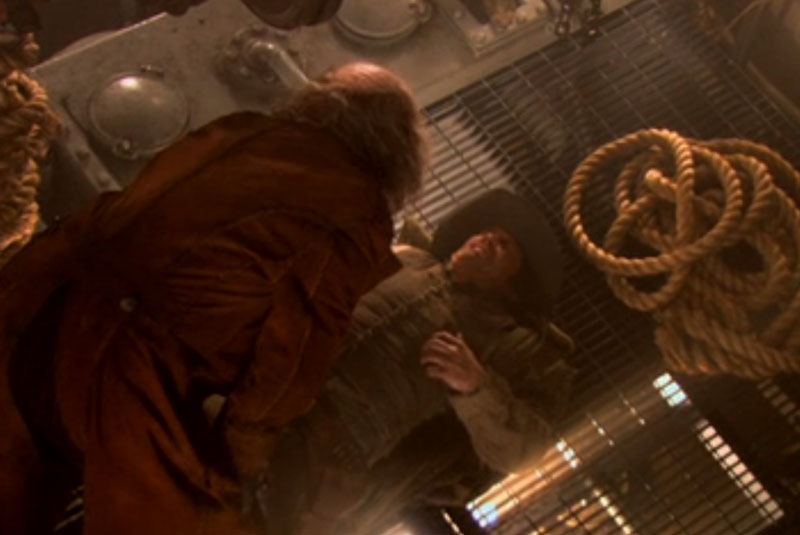
Wilkinson started with the Confederate wool grays that are right out of the graphic novels, and topped it with a linen duster jacket that would help tell Jonah's tale. "You have the litany of his past in his duster jacket," Wilkinson says. "There are many gunshots through it as well as bloodstains, rips, tears, dried mud and dirt. He has been wandering the Southern states since the Civil War ended, and he presumably hasn't changed clothes in that time. They're all aged beautifully—scraped, sandpapered, sprayed and splattered. And the filmmakers really liked the vision of him riding through the ranges with his cape flowing behind him almost with a kind of quasi-superhero kind of feel."
Jonah comes equipped with impressive weaponry. In addition to his tomahawk, his 1873 Colt in one holster, and a Remington conversion in the other, Jonah has rigged twin Gatling guns affixed to his horse, which he puts to good use in bringing in his bounty. He also obtains from Smith a crossbow rigged to shoot sticks of dynamite instead of arrows.
Property master Keith Walters wanted to stay within the realm of believability for the era but also invent new types of weapons for the story. "The Gatling guns on Jonah's saddle and the dynamite crossbow are complete inventions," he notes. "We had both of these fabricated to look like the real thing but lighter. Jonah also uses a flame thrower in his final fight with Turnbull's men; those weren't used in the Civil War, though they did exist. But the Gatling guns Turnbull has armed his ship with are the real things."
Lilah's weapons of choice are a push-dagger and a single shot Derringer that are both easily concealable within her garter belts and corsets. In crafting costumes for Megan Fox's Lilah, Wilkinson says he wanted them to be as character-driven as Jonah’s. "Megan has an amazing physique and we wanted to show her like she's never been seen before. So, we corseted her right down to her twenty-inch waist, which is kind of unbelievable. But we wanted to beat up her costumes to show that her clothes weren't just a fashion statement. She looks beautiful, but her character has a back story. She's very worn around the edges; she has limited resources, and there's an element of desperation to her. So, we put a lot of work into aging all of her costumes so it felt like she'd been wearing the same pieces for awhile, in different combinations. All of her clothes have a sense of history to them."
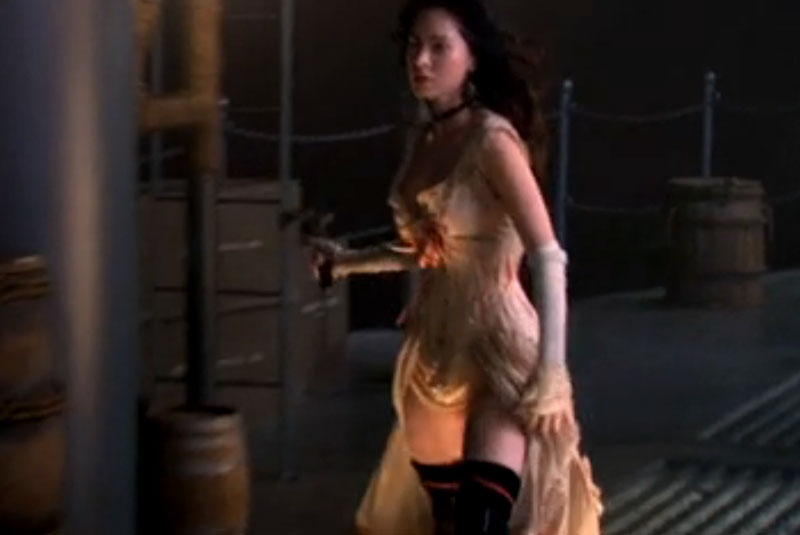
"Michael is a brilliant man, and the costumes he created for Lilah were amazing," raves Fox. "I had never worn a corset before, so I had to get used to it, but it definitely helped with the character. It changed the way I held myself, the way I walked, the way I breathed, which even changed the way I speak. It really helped me get into Lilah's skin and experience, moment-by-moment, the kind of restrictions she's used to living with."
As with the other characters, Wilkinson layered Turnbull's history into Malkovich's wardrobe. "For John's costumes, there's a sense of Turnbull's past and what he has given up," Wilkinson describes. "Prior to the Civil War, he had a beautiful plantation down South. He gave all that up. He escaped into the woods and formed his own army and went totally underground. So, I liked the sense that you could get a feel of the richness of the clothes that he used to wear—the lustrous wool, the beautiful silk vest, the velvet frock coat. But he had maybe worn these clothes year in, year out, slept in them, eaten in them, ridden horses in them. The top layer is a long suede duster jacket with gritty fur. There’s an element of a wild man superimposed over a rich plantation owner, and I liked the clashing of those two worlds." Completing the look is Turnbull's cane, which Keith Walters fabricated at Hayward's direction.
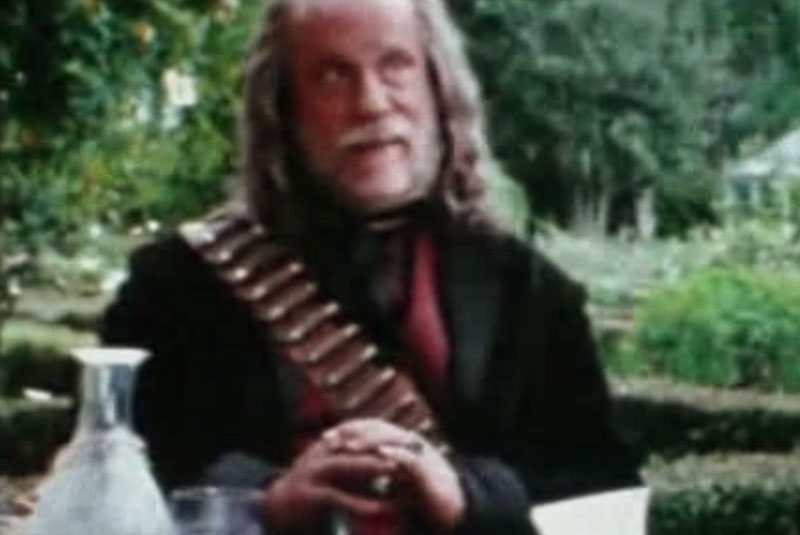
Using a local tailor and a wealth of research, Wilkinson and his team put together the entire film's wardrobe from scratch—from mining town desperados to brothel workers to U.S. soldiers—to ensure the authenticity of the clothes. "I like the sense when you're looking at a tableau on the screen that nothing feels cheated, it is complete, and finely detailed," he states. "I love when you notice that there’s a stain on a cuff or a rip on a collar, or unmatching shoe laces. When the camera sweeps past the background performers, I want every last one to be worthy of a close-up."
"I had this idea about the character: he's kind of psychotic, he gets his kicks in kind of perverted ways. I didn't want to make it obvious, like you've seen it before, but I didn't know where to go with it. Then we were doing wardrobe, and Michael Wilkinson – who I worked with before, on 300, doing the wardrobe – he had this three-piece suit pulled out for me, which actually was very green. I'm playing this Irish guy, and I said, ‘Look man, you gotta take the green down. I can't go back home. They'd kill me.' So it was this faded-down green three-piece suit," - said Michael Fassbender, who played Burke. "I was going through hats and I picked up a bowler hat and I put it on and looked in the mirror and thought, 'Oh, this is like Clockwork Orange.' So I thought, 'I'm going to go along that thing physically... sort of Clockwork Orange meets Frank Gorshin's Riddler, with a Kerry accent.' The guys in prosthetics and [makeup artist] Christian Tinsley developed this tattoo thing, which started here and goes all the way down my torso and along my arms. So really the people around you that are doing all these things kind of do the work for you, if you're just open to it and see it, so I kind of went along the vein of that."
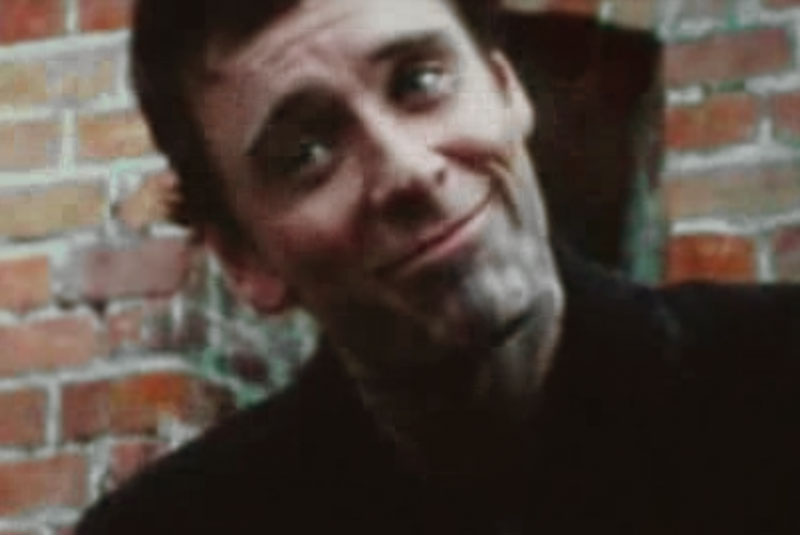
For production designer Tom Meyer, the challenge was to create a rich, detailed, believable world that would inform Jonah's tumultuous journey. "As he meanders across the West, through the Southwest, and eventually into the deep South into Louisiana, you are getting closer and closer to his past and deeper into his true character and history," Meyer explains. "The deep South itself is a great visual metaphor for the ghosts that he's either running from or trying to conquer and put to rest. So, we start off in the West—in the hot, dry desert sand—and as we move South, things get wetter and deeper and a little more complicated."
Remarkably, the production managed to find all of these different vistas in and around New Orleans, Louisiana. "We shot in the historic French Quarter of New Orleans, but we also shot in every direction outside the city," Meyer comments. "One of the things that we wanted to do throughout the film was to shoot as much in-camera as possible and not augment the sets with too much CGI. The idea was to layer the supernatural elements over a real, very dirty post-Civil War America. This isn't the future where you can get away with things that are imagined. People have a sense of history and especially Americana and the West and the Southwest. And so if we could build something real in three dimensions, it would give us the kind of depth and realism we wanted."
The New Orleans area offered the production a wealth of divergent settings, beginning with the historic French Quarter, which only required a layering of dirt over the street, signage, horse drawn carriages and set dressing to look as it might have in the 1800s; the historic Rosedown Plantation in St. Francisville; City Park, a former golf course that became overgrown post-Hurricane Katrina, which became a town called Cactus Hole, complete with the narrow alleys of low slung adobe buildings and a fully built Catholic mission church with four-story bell tower co-opted into Lilah’s brothel lording over the town; and Crown Point, on the edge of the Jean Lafitte Preserve. Another key location was historic Fort Pike, which is one of the only standing forts left from the early 19th century. Relatively unscathed from the war (though it did not escape Hurricane Katrina), it became Fort Resurrection, where Turnbull prepares his onslaught.
For the sequence in which Turnbull and his men hijack and destroy a train, the company set up tracks in Raceland, southwest of New Orleans. This was one of the most challenging sequences, involving horses, a moving train and live explosives, and to accomplish it all practically, the production required a real working train.
"We built 500 feet of full-scale running train cars at Raceland," Meyer recalls. "We looked at a lot of locomotives all across the country and ended up using one that was based out of New Orleans, The Spirit of St. Louis. Its scale was much bigger than anything of the period of the 1860s or '70s, so I had to make everything else over-scale—we added the big diamond smokestack, cow catcher and a giant lantern. We built two flat cars for armament transport, an open air troop transport car, a fully built first class car, and an agriculture cart for sugarcane that literally rains down fire following the explosion. The idea was to take the reality and turn it on its head a little bit. I still wanted it to look like something of the period but tweaked to match the aesthetic of the movie."
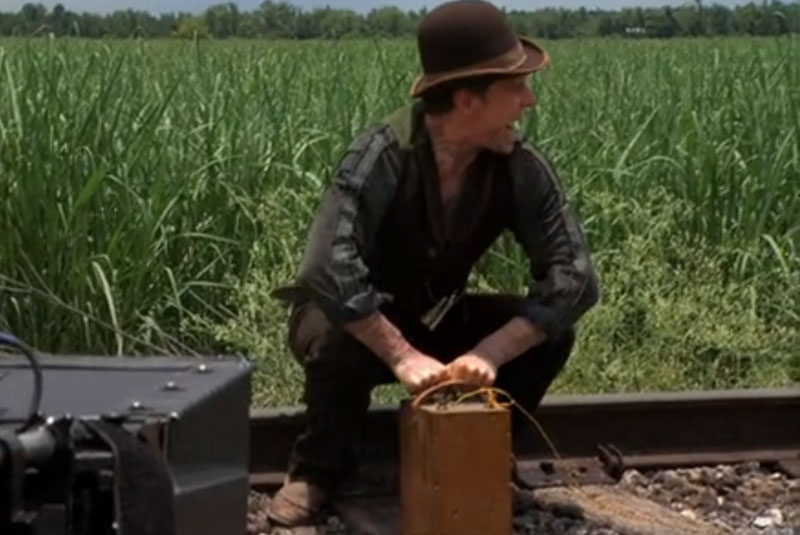
"The train looked amazing and the people that operated it were incredible," says Hayward. "Seeing what those guys actually had to do to keep that thing rolling was pretty remarkable. The amount of work that went into it, with the heat and the belching sparks and flames, was pretty cool."
To complete some of the interiors for the film, production set up soundstages in Harahan, where Meyer and his crew created sets such as the brothel where Lilah has a room; the Union officers' tent; the interior cannon deck of Turnbull's ship; a Native American sweat tent; and Doc Cross’s elaborate fight carnival theatre tent.
But perhaps the largest set piece of the film was Turnbull's technological creation—an armed battleship from which he plans to launch his attack on the United States. A full-size 150-foot ship based on the period Merrimack was constructed in Bayou Gauche, a scenic marshland criss-crossed with interlocking canals, about 36 miles southwest of New Orleans. Here, Meyer, supervising art director Seth Reed, art director Jonah Markowitz and construction coordinator Chuck Stringer and their teams constructed the ship as it stood in dry dock, waiting to set sail and take on the new Union navy.
"We based the ship on the Merrimack and other ironsides of the period," says Meyer. "This is the vessel that Turnbull is resuscitating to make his big charge up the Potomac and attack D.C. We also built a 90-foot boat modeled after the Monitor in a boatyard and then barged it up from the shipyards to our set, through several drawbridges and around Lake Ponchartrain. Building these huge 19th-century battleships was pretty exciting. The sculpting and plaster department made a full gun deck of 14-foot cannons that SFX rigged to fire and recoil for the final battle."
